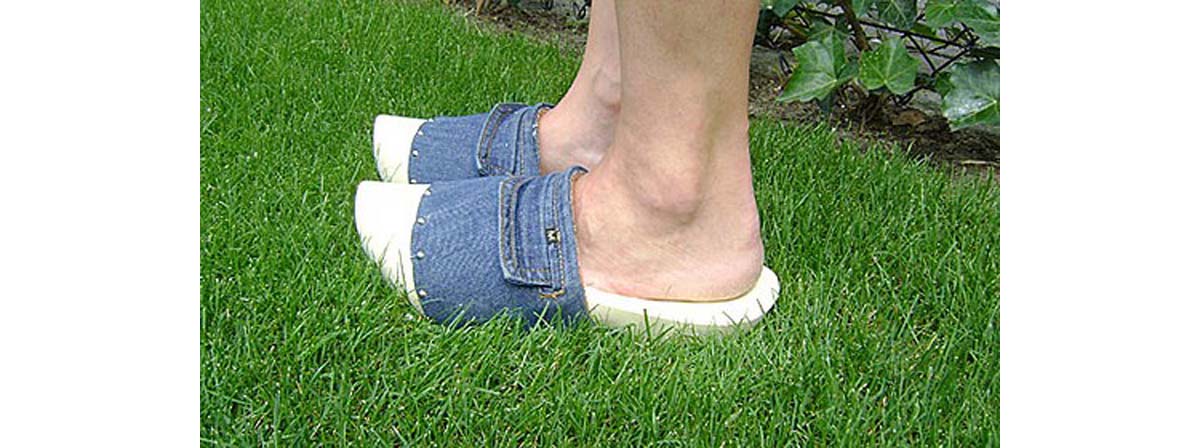Table of Contents
The clogs that were tested included reputed brands like Crocs and Skechers. But even with these expensive models of clogs, one cannot be sure of the product quality. While Crocs shoes did not contain any PAHs, they did contain at least four allergic solvents. However, the company has made a statement saying that all their products comply with European legislation.

Similarly, Skechers shoes were also found to contain solvents, PAHs and heavy metals. But here again, the company officials have stated that their shoes meet the European Community Regulation on chemicals and their safe use (REACH).
The plastic industry has, on its own, set an upper limit of 10mg/kg in car tires. However, according to many health experts, a limit of 0.2mg/kg should be placed on PAHs in plastic products.
Various studies done on mice have shown that when mice are fed a diet containing 308 parts per million (ppm) of PAHs like benzo (a) pyrene for 10 days, their offspring develop multiple birth defects. When they are fed food containing 923 ppm of this PAH, they develop liver and blood abnormalities. Studies are yet to be carried out in humans to ascertain the abnormalities caused when they are exposure to different concentrations of PAHs.
Germany has started an initiative with the aim of getting poisonous chemicals banned throughout the European Union. The proposal is still under negotiations. The German Government that all PAHs should be classified as “especially worrying” in REACH, the EU chemical register. Once they come under the classification of “especially worrying”, the companies manufacturing plastic products would be forced to indicate the amount of PAHs present in their products.
Till the time such steps are taken, the consumers can rely on their nose to tell whether the plastic product they are buying contains harmful chemicals. Those plastic shoes which emit a characteristic sweet, pungent smell are high on PAHs and consumers should better avoid buying them.
Earlier, safety of EVA foam, commonly used for making play mats, toys and slipper, had been questioned as it was found to contain formamide. Formamide is a chemical substance which has been found to produce fetal abnormalities and embryonic death in experimental animals. It is suspected to be a carcinogen and can cause reproductive abnormalities in humans. EVA foams containing formamide were banned in Belgium and France and the EU took a tough stand against their use.
People have questioned the safety of Crocs shoes as it is made up of CrosliteTM, a foam resin containing EVA. The company has never clarified whether its products contain formamide.
These clogs have also been banned by some hospitals in Sheffield as it has been claimed that these shoes generate static electricity. Hospital staff wearing such shoes can damage vital electrical equipment used there, leading to their malfunctioning. Critiques of clogs have also pointed out the fact that they provide inadequate support to the foot arch and hence, are unsuitable for being worn for long hours. They are prone to slip when wet and bacteria harboring inside them can spread infections, especially in hospital settings. Clogs have also been incriminated for many accidents in children as they easily get trapped in escalators.
So, next time before you reach out for those fancy looking clogs, think twice- are they really worth it?
- “Chuck out cancer-causing plastic sandals!” published on July 31, 2013 on the site indymedia.org.au , accessed on September 3, 2013
- “Health Risks of Wearing Crocs,” by Kristie Sweet, published on the site ehow.com, accessed on September 3, 2013
- “Crocs contain materials dangerous to health, German report says,” by David Ruhm, published on the site i24 news on August 2, 2013, accessed on September 3, 2013.
- Photo courtesy of jespahjoy by Flickr : www.flickr.com/photos/francapicc/446292069/
- Photo courtesy of annemarie vanloenen by Flickr : www.flickr.com/photos/12455572@N00/6545296295/

